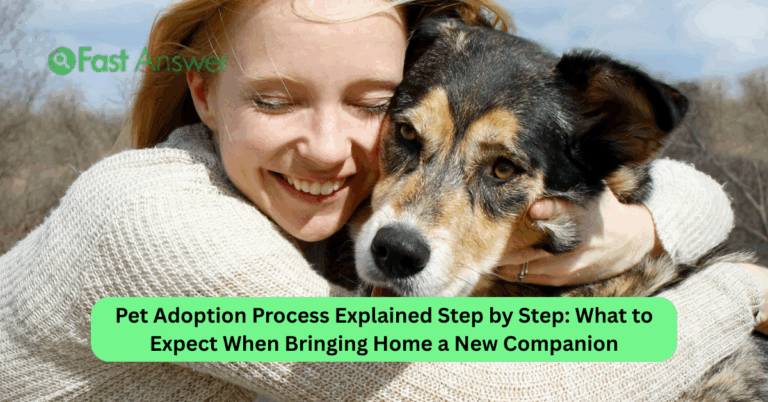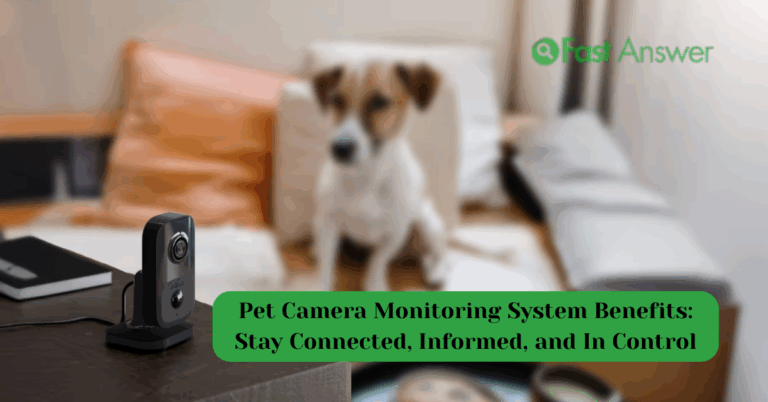How to Understand Pet Body Language: Decode What Your Pet Is Really Saying
Your pet may not speak your language, but they’re always communicating. From a swishing tail to a low growl or a sideways glance, every movement tells a story. Understanding pet body language is crucial for deepening your bond, preventing misunderstandings, and recognizing early signs of stress, illness, or happiness. Whether you’re a new pet parent or simply looking to better connect with your furry companion, learning how to read physical cues can make all the difference in your daily interactions. This guide will help you interpret key behaviors, avoid common misreads, and build a stronger, more intuitive relationship with your pet.
What Your Pet’s Eyes, Ears, and Tail Are Trying to Tell You
Your pet’s face is a window into their emotional state if you know what to look for. A soft gaze, blinking eyes, and neutral ears usually signal calm and contentment. Wide eyes, dilated pupils, pinned-back ears, or a tightly tucked tail may indicate fear or anxiety. A wagging tail isn’t always a sign of happiness; its speed, position, and stiffness all play a role in what it means. For cats, a flicking tail can be a sign of agitation rather than friendliness. Observing these subtle details helps you respond appropriately and avoid unnecessary stress.
How to Spot the Difference Between Playful and Aggressive Behavior
It’s easy to confuse playful roughhousing with aggression, especially in puppies or high-energy dogs. A play bow, open mouth, relaxed posture, and bouncy movements are classic signs of fun. In contrast, stiff bodies, growls with direct eye contact, or raised hackles suggest tension. Cats often play with quick pounces and “attacks,” but if their ears flatten or hissing begins, they’re crossing into frustration or fear. By learning to recognize the cues, you can keep playtime safe and adjust before a situation escalates.
Signs Your Pet Is Stressed and Needs Space Immediately
Stress signals can be subtle but important. In dogs, yawning, lip licking, or looking away can be calming signals ways to diffuse tension or express discomfort. Cats might crouch low, flick their tail, or hide when overwhelmed. Ignoring these signs can lead to defensive reactions like biting or scratching. By giving your pet space when they show these signals, you build trust and help them feel secure. Over time, you’ll learn to catch these early indicators before stress becomes a behavioral issue.
How Body Language Builds Better Training and Communication
Understanding body language makes training more effective. A pet that’s alert and curious is ready to learn, while one that’s tense or distracted won’t retain commands. Recognizing when your pet is frustrated, tired, or excited allows you to adjust your approach. Eye contact, posture, and tone all affect how your message is received. This awareness helps you create a more responsive, respectful training environment and strengthens the non-verbal connection between you and your pet.
Are You Missing Positive Signals? Look for These Happy Body Cues
Sometimes, the most important signals are the joyful ones. A relaxed posture, gentle eye contact, and slow tail wags (for dogs) or tail twitches (for cats) are signs of a happy, content pet. Dogs might roll onto their backs or lean into your touch. Cats often purr, knead, or curl up near you when they feel secure. Recognizing these signs not only boosts your confidence as a pet owner but also lets you reinforce good behavior with positive attention and affection.
FAQs
How can I tell if my pet is scared or just shy?
Fear often comes with physical signs like trembling, hiding, or escape behavior. Shyness is more passive and improves over time with gentle exposure.
Is growling always a bad sign?
Not necessarily. Growling is a warning a way for pets to say “I’m uncomfortable.” It’s important to respect it and assess the cause.
Do cats and dogs show stress differently?
Yes. Dogs are often more outward with signs like pacing or barking, while cats may withdraw or overgroom when stressed.
Why does my dog yawn when I pet them?
Yawning can be a calming signal your dog might be feeling overstimulated or unsure and is trying to relax.
Can body language help detect health issues?
Absolutely. Limping, sudden changes in movement, or abnormal posture can be early signs of pain or illness.





